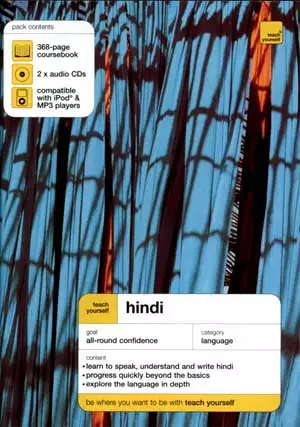|
भाषा एवं साहित्य >> टीच योरसेल्फ हिन्दी टीच योरसेल्फ हिन्दीरूपर्ट स्नेल, साइमन व्हाइटमेन
|
293 पाठक हैं |
|||||||
For over 60 years, more than 50 million people have learn over 750 subject through teach yourself way, with impressive results.
Introduction
This course is designed to enable those with no previous knowledge of Hindi to learn to read, write and converse in the language in the language with confidence and enjoyment. The course has also proved effective as teaching material for both class tuition and individual study.
The Hindi presented in this course is primarily colloquial and practical. To start by learning a very formal linguistic register, such as purists might prefer, would be to invite looks of incredulity (and incomprehension) during everyday encounters with Hindi-speakers.
An advantage of the colloquial approach is that it gives greater access to Urdu, Hindi’s sister-language. Hindi and Urdu share a virtually identical grammar and much of their vocabulary. In the higher registers they do part company, because Hindi looks to the classical Indian language of Sanskrit for its higher vocabulary, script and general cultural orientation, while Urdu looks to Persian and Arabic for these things. But at the everyday spoken level Hindi and Urdu are virtually identical, and you should not be surprised if you are complimented on your spoken ‘Urdu’ when you complete this course in ‘Hindi’!
The Hindi presented in this course is primarily colloquial and practical. To start by learning a very formal linguistic register, such as purists might prefer, would be to invite looks of incredulity (and incomprehension) during everyday encounters with Hindi-speakers.
An advantage of the colloquial approach is that it gives greater access to Urdu, Hindi’s sister-language. Hindi and Urdu share a virtually identical grammar and much of their vocabulary. In the higher registers they do part company, because Hindi looks to the classical Indian language of Sanskrit for its higher vocabulary, script and general cultural orientation, while Urdu looks to Persian and Arabic for these things. But at the everyday spoken level Hindi and Urdu are virtually identical, and you should not be surprised if you are complimented on your spoken ‘Urdu’ when you complete this course in ‘Hindi’!
|
|||||
अन्य पुस्तकें
लोगों की राय
No reviews for this book


 i
i 








